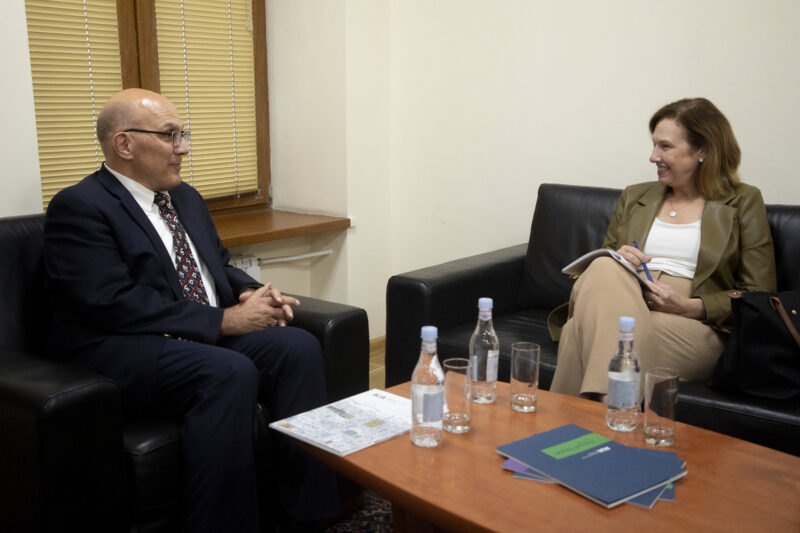WATERTOWN — Dr. Bruce Boghosian has spent a good part of his career as a professor in the Department of Mathematics at Tufts University in Medford, Mass., and even served as department chair from 2006 to 2010, but twice he has done something very different. He served as president of the American University of Armenia (AUA), a university founded in 1991 in Yerevan after Armenian independence, from 2010 to 2014; he has returned for a second term starting this September.

Round One
“It was from 2010 to 2014, and one of the challenges of that time was that the university was in a period of growth. It needed to grow. It needed to add an undergraduate program. The challenges of figuring that out and the challenge of leaving the university in a better financial situation thanks to the undergraduate program, of growing the number of students, all of those things were interesting challenges to figure out,” Boghosian reminisced.
When Boghosian first arrived at AUA, there were only 400 graduate students at the university but the Paramaz Avedisian Building had just been completed at the end of 2008 and could provide room for many more students. External consultants, Boghosian said, had suggested it needed to add an undergraduate program to grow. “That was all an interesting and ultimately rewarding thing to do at the time for the university,” he declared.
He put aside his research for four years while focusing on administration, yet he found some parallels. He explained, “Mathematics in many ways is problem solving. You have conditions you have to satisfy and you have constraints you have to satisfy and you have to find a solution to it. I think of administration in roughly the same way. It is not as neat and nice as mathematics is, it is maybe not as elegant sometimes, but in the end, it is problem solving.”
Round Two














